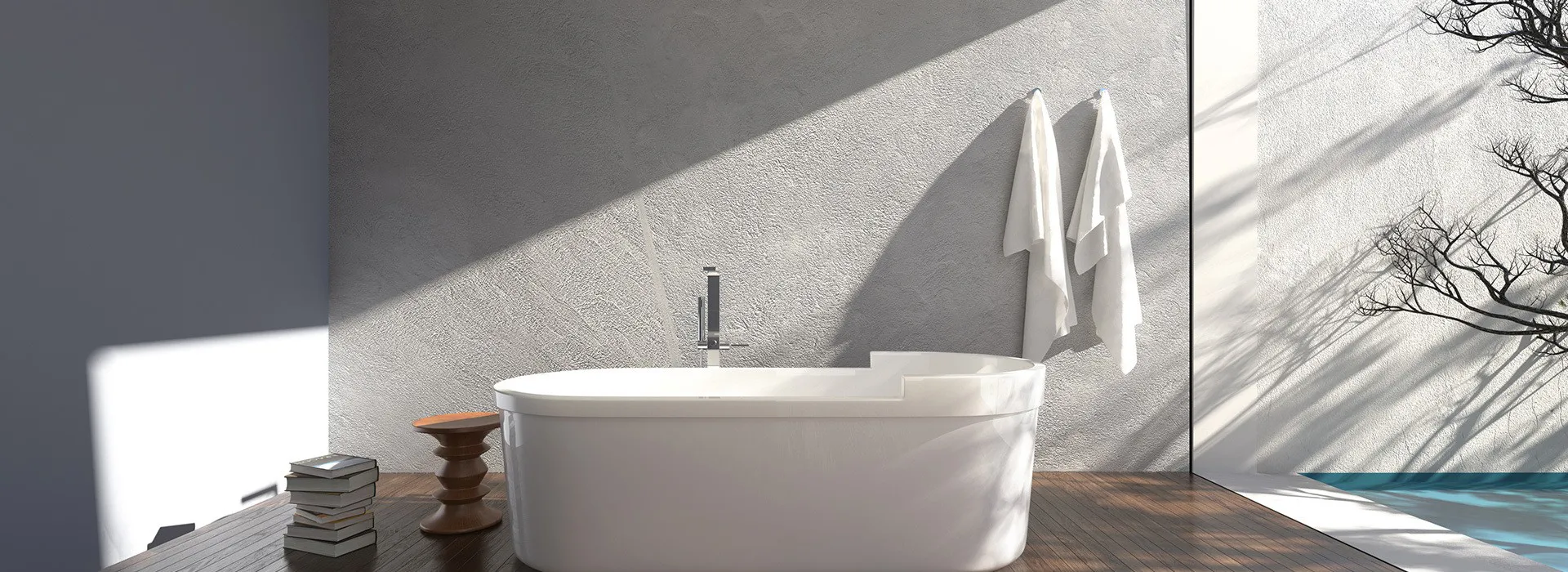
Understanding CPVC High-Pressure Piping Systems: A Comprehensive Guide
---
In the realm of construction and decorative materials, CPVC high-pressure piping systems have emerged as a preferred choice for many professionals. These systems, made from chlorinated polyvinyl chloride (CPVC), provide a robust solution for transporting liquids, especially in high-pressure environments. This article aims to detail the significance of CPVC high-pressure piping systems, discussing their advantages, applications, and maintenance tips.
One of the primary benefits of CPVC high-pressure piping systems is their impressive chemical resistance. This feature makes them suitable for a variety of applications, including the conveyance of corrosive liquids and chemicals. Unlike traditional piping materials, CPVC does not rust or corrode over time, significantly extending the lifespan of the system. Moreover, these pipes are lightweight, making them easier to handle and install compared to metal alternatives.
Another key advantage is the ability of CPVC pipes to withstand high temperatures. They can typically handle temperatures up to 200°F (93°C) without compromising structural integrity. This characteristic is particularly crucial in industries where temperature fluctuations are common, such as in power plants and chemical processing facilities.
CPVC high-pressure piping systems also offer excellent flow characteristics. The smooth interior walls of CPVC pipes reduce friction, which can enhance the efficiency of fluid transport. This efficiency can lead to lower energy consumption and operating costs over time, making CPVC a cost-effective solution for many businesses.
In terms of applications, CPVC high-pressure piping systems are widely used in various industries, including plumbing, water treatment, wastewater management, and industrial applications. Their versatility allows them to be utilized in both residential and commercial projects, where they can be found in hot and cold water distribution systems, as well as in fire suppression systems.
While CPVC pipes are relatively low-maintenance, proper care is essential to ensure their longevity. Regular inspections can help identify any potential issues before they escalate. Additionally, avoiding the installation of CPVC in extreme environments, where temperatures may exceed recommended limits, can prevent premature failure.
In conclusion, CPVC high-pressure piping systems provide a reliable and efficient solution for transporting liquids in a range of industrial applications. Their chemical resistance, ability to withstand high temperatures, and efficient flow characteristics make them a worthwhile investment for construction and decorative material professionals. By understanding the advantages and maintenance requirements of these systems, you can make informed decisions that enhance performance and longevity in your projects.

